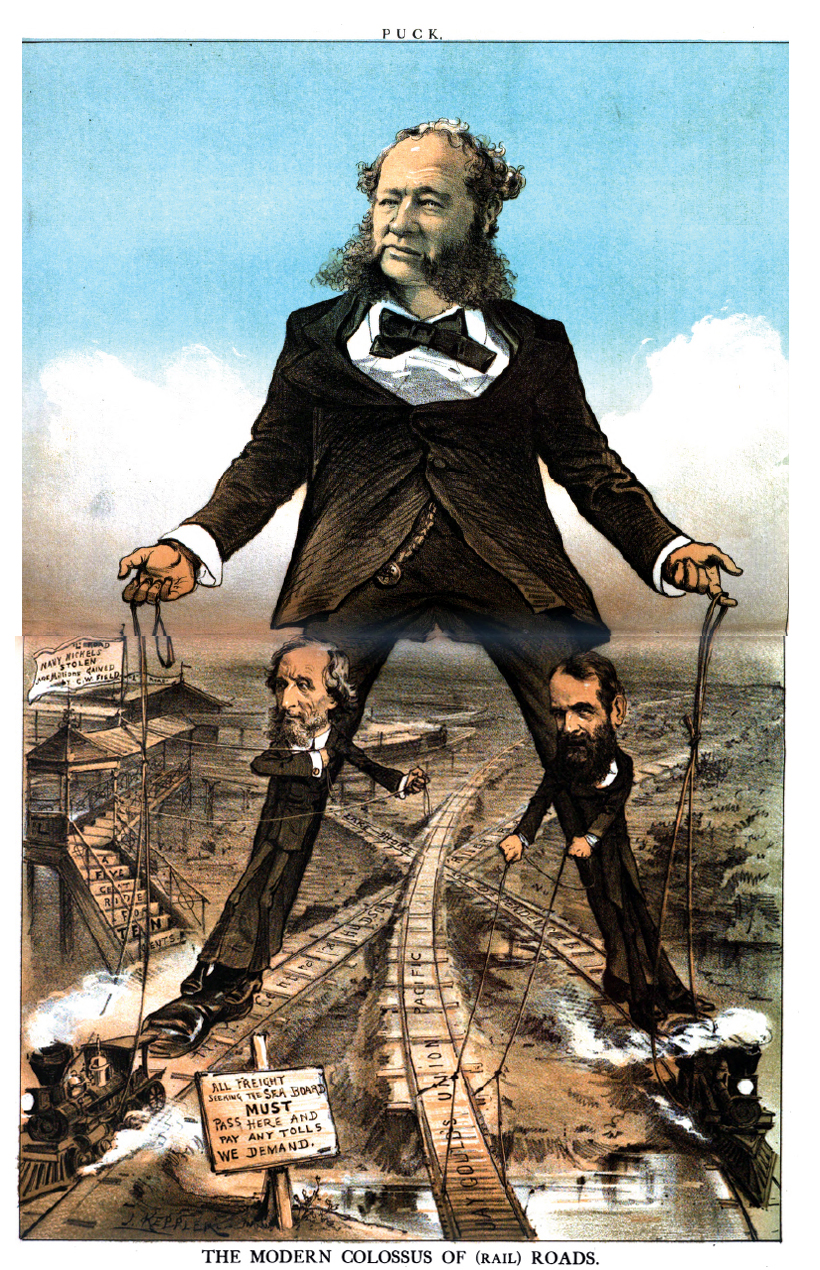|
Kraljic Matrix
In supply chain management, the Kraljic matrix (or Kraljic model) is a method used to segment the purchases or suppliers of a company by dividing them into four classes, based on the complexity (or risk) of the supply market (such as monopoly situations, barriers to entry, technological innovation) and the importance of the purchases or suppliers (determined by the impact that they have on the profitability of the company). This subdivision allows the company to define the optimal purchasing strategies for each of the four types of purchases or suppliers. It is named after Peter Kraljic, who first formulated the model in an article called ''Purchasing Must Become Supply Management'', published in the Harvard Business Review in 1983. Overview The Kraljic matrix defines the following types of articles: * Non-critical items: components that have a low impact on the company and that are found in abundance and / or in low-risk markets (e.g., office stationery). For such items, the ... [...More Info...] [...Related Items...] OR: [Wikipedia] [Google] [Baidu] |
Supply Chain Management
In commerce, supply chain management (SCM) deals with a system of procurement (purchasing raw materials/components), operations management, logistics and marketing channels, through which raw materials can be developed into finished products and delivered to their end customers. A more narrow definition of supply chain management is the "design, planning, execution, control, and monitoring of supply chain activities with the objective of creating net value, building a competitive infrastructure, leveraging worldwide logistics, synchronising supply with demand and measuring performance globally". This can include the movement and storage of raw materials, work-in-process inventory, finished goods, and end to end order fulfilment from the point of origin to the point of consumption. Interconnected, interrelated or interlinked networks, channels and node businesses combine in the provision of products and services required by end customers in a supply chain. SCM is the br ... [...More Info...] [...Related Items...] OR: [Wikipedia] [Google] [Baidu] |
Purchases
Purchasing is the procurement process a business or organization uses to acquire goods or services to accomplish its goals. Although there are several organizations that attempt to set standards in the purchasing process, processes can vary greatly between organizations. Purchasing is part of the wider procurement process, which typically also includes expediting, supplier quality, transportation, and logistics. Details Purchasing managers/directors, procurement managers/directors, or staff based in an organization's Purchasing Office, guide the organization's acquisition procedures and standards and operational purchasing activities. Most organizations use a three-way check as the foundation of their purchasing programs. This involves three departments in the organization completing separate parts of the acquisition process. The three departments do not all report to the same senior manager, to prevent unethical practices and lend credibility to the process. These depa ... [...More Info...] [...Related Items...] OR: [Wikipedia] [Google] [Baidu] |
Suppliers
A supply chain is a complex logistics system that consists of facilities that convert raw materials into finished products and distribute them to end consumers or end customers, while supply chain management deals with the flow of goods in distribution channels within the supply chain in the most efficient manner. In sophisticated supply chain systems, used products may re-enter the supply chain at any point where residual value is recyclable. Supply chains link value chains. Suppliers in a supply chain are often ranked by "tier", with first-tier suppliers supplying directly to the client, second-tier suppliers supplying to the first tier, and so on. The phrase "supply chain" may have been first published in a 1905 article in ''The Independent'' which briefly mentions the difficulty of "keeping a supply chain with India unbroken" during the British expedition to Tibet. Overview A typical supply chain can be divided into two stages namely, production and distribution stages. ... [...More Info...] [...Related Items...] OR: [Wikipedia] [Google] [Baidu] |
Monopoly
A monopoly (from Greek language, Greek and ) is a market in which one person or company is the only supplier of a particular good or service. A monopoly is characterized by a lack of economic Competition (economics), competition to produce a particular thing, a lack of viable substitute goods, and the possibility of a high monopoly price well above the seller's marginal cost that leads to a high monopoly profit. The verb ''monopolise'' or ''monopolize'' refers to the ''process'' by which a company gains the ability to raise prices or exclude competitors. In economics, a monopoly is a single seller. In law, a monopoly is a business entity that has significant market power, that is, the power to charge Monopoly price, overly high prices, which is associated with unfair price raises. Although monopolies may be big businesses, size is not a characteristic of a monopoly. A small business may still have the power to raise prices in a small industry (or market). A monopoly may als ... [...More Info...] [...Related Items...] OR: [Wikipedia] [Google] [Baidu] |
Barriers To Entry
In theories of Competition (economics), competition in economics, a barrier to entry, or an economic barrier to entry, is a fixed cost that must be incurred by a new entrant, regardless of production or sales activities, into a Market (economics), market that incumbents do not have or have not had to incur. Because barriers to entry protect incumbent firms and restrict competition in a market, they can contribute to distortionary prices and are therefore most important when discussing competition law, antitrust policy. Barriers to entry often cause or aid the existence of monopolies and Oligopoly, oligopolies, or give companies market power. Barriers of entry also have an importance in industries. First of all it is important to identify that some exist naturally, such as brand loyalty. Governments can also create barriers to entry to meet consumer protection laws, protecting the public. In other cases it can also be due to inherent scarcity of public resources needed to enter a ma ... [...More Info...] [...Related Items...] OR: [Wikipedia] [Google] [Baidu] |
Profitability
In economics, profit is the difference between revenue that an economic entity has received from its outputs and total costs of its inputs, also known as surplus value. It is equal to total revenue minus total cost, including both Explicit cost, explicit and implicit cost, implicit costs. It is different from accounting profit, which only relates to the explicit costs that appear on a firm's financial statements. An accountant measures the firm's accounting profit as the firm's total revenue minus only the firm's explicit costs. An Economists, economist includes all costs, both explicit and implicit costs, when analyzing a firm. Therefore, economic profit is smaller than accounting profit. ''Normal profit'' is often viewed in conjunction with economic profit. Normal profits in business refer to a situation where a company generates revenue that is equal to the total costs incurred in its operation, thus allowing it to remain operational in a competitive industry. It is the mi ... [...More Info...] [...Related Items...] OR: [Wikipedia] [Google] [Baidu] |
Harvard Business Review
''Harvard Business Review'' (''HBR'') is a general management magazine published by Harvard Business Publishing, a not-for-profit, independent corporation that is an affiliate of Harvard Business School. ''HBR'' is published six times a year and is headquartered in Brighton, Massachusetts. ''HBR'' covers a wide range of topics that are relevant to various industries, management functions, and geographic locations. These include leadership, negotiation, strategy, operations, marketing, and finance. ''Harvard Business Review'' has published articles by Clayton Christensen, Peter F. Drucker, Justin Fox, Michael E. Porter, Rosabeth Moss Kanter, John Hagel III, Thomas H. Davenport, Gary Hamel, C. K. Prahalad, Vijay Govindarajan, Robert S. Kaplan, Rita Gunther McGrath and others. Several management concepts and business terms were first given prominence in ''HBR''. ''Harvard Business Review''s worldwide English-language circulation is 250,000. HBR licenses its content for pub ... [...More Info...] [...Related Items...] OR: [Wikipedia] [Google] [Baidu] |
Collaboration
Collaboration (from Latin ''com-'' "with" + ''laborare'' "to labor", "to work") is the process of two or more people, entities or organizations working together to complete a task or achieve a goal. Collaboration is similar to cooperation. The form of leadership can be social within a decentralized and egalitarian group.Spence, Muneera U. ''"Graphic Design: Collaborative Processes = Understanding Self and Others."'' (lecture) Art 325: Collaborative Processes. Fairbanks Hall, Oregon State University, Corvallis, Oregon. 13 April 2006See also. Teams that work collaboratively often access greater resources, recognition and rewards when facing competition for finite resources. Caroline S. Wagner and Loet Leydesdorff. Globalisation in the network of science in 2005: The diffusion of international collaboration and the formation of a core group.'' Structured methods of collaboration encourage introspection of behavior and communication. Such methods aim to increase the success of t ... [...More Info...] [...Related Items...] OR: [Wikipedia] [Google] [Baidu] |
Outsourcing
Outsourcing is a business practice in which companies use external providers to carry out business processes that would otherwise be handled internally. Outsourcing sometimes involves transferring employees and assets from one firm to another. The term ''outsourcing'', which came from the phrase ''outside resourcing'', originated no later than 1981 at a time when industrial jobs in the United States were being moved overseas, contributing to the economic and cultural collapse of small, industrial towns. In some contexts, the term smartsourcing is also used. The concept, which ''The Economist'' says has "made its presence felt since the time of the Second World War", often involves the contracting out of a business process (e.g., payroll processing, claims processing), operational, and/or non-core functions, such as manufacturing, facility management, call center/call center support. The practice of handing over control of public services to private enterprises ( privatiz ... [...More Info...] [...Related Items...] OR: [Wikipedia] [Google] [Baidu] |
Supply Chain Management
In commerce, supply chain management (SCM) deals with a system of procurement (purchasing raw materials/components), operations management, logistics and marketing channels, through which raw materials can be developed into finished products and delivered to their end customers. A more narrow definition of supply chain management is the "design, planning, execution, control, and monitoring of supply chain activities with the objective of creating net value, building a competitive infrastructure, leveraging worldwide logistics, synchronising supply with demand and measuring performance globally". This can include the movement and storage of raw materials, work-in-process inventory, finished goods, and end to end order fulfilment from the point of origin to the point of consumption. Interconnected, interrelated or interlinked networks, channels and node businesses combine in the provision of products and services required by end customers in a supply chain. SCM is the br ... [...More Info...] [...Related Items...] OR: [Wikipedia] [Google] [Baidu] |




